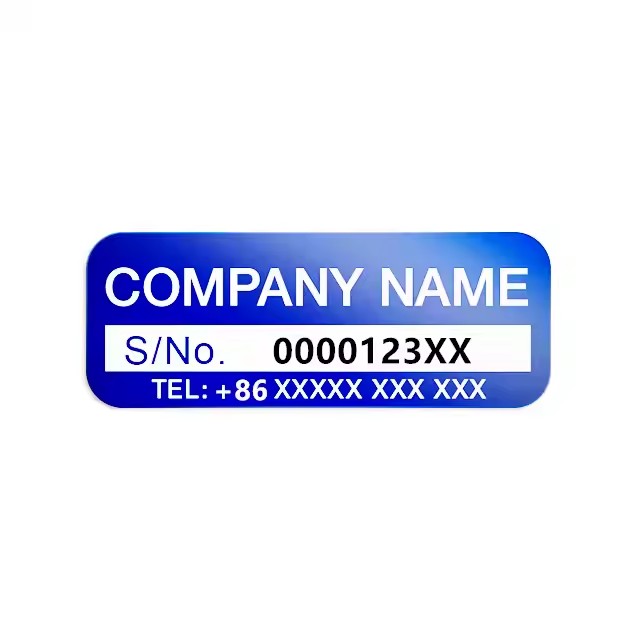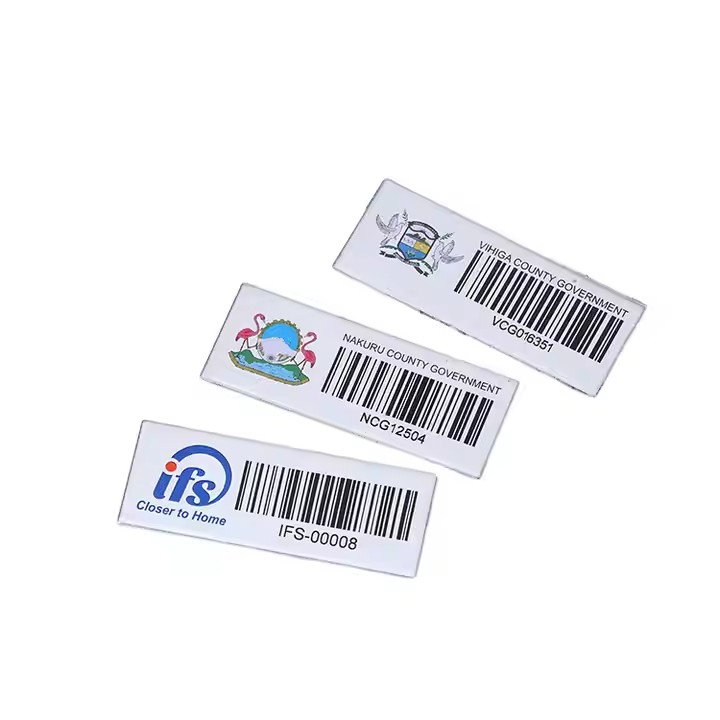Why Premium Wineries Are Switching to Aluminum Wine Labels

Aluminum vs. Paper Wine Labels: Key Differences Every Brand Should Know
13/07/2025
Key Considerations When Customizing Aluminum Wine Labels
13/07/2025Why Premium Wineries Are Switching to Aluminum Wine Labels



Why Are More Premium Wineries Choosing Aluminum Wine Labels?
In today’s competitive wine market, packaging plays a crucial role in brand differentiation. As consumer expectations rise and luxury branding becomes more important than ever, a growing number of premium wineries are moving away from traditional paper labels in favor of aluminum wine labels.
So, what’s driving this shift? Let’s explore the key reasons behind this trend.
1. Luxury Appearance That Reflects Brand Value
Aluminum wine labels offer a sleek, modern, and upscale look that resonates with the aesthetics of premium branding. Unlike paper, aluminum can be brushed, polished, anodized, or embossed to create a variety of rich textures and metallic effects.
This gives bottles a unique visual presence—something that immediately communicates sophistication and high quality.
👉 First impressions matter, and aluminum labels make wine bottles stand out on the shelf or in the cellar.
2. Enhanced Durability for Better Shelf Life
Luxury wines are often gifted, collected, or aged. Over time, paper labels can fade, tear, wrinkle, or peel—especially when exposed to humidity, refrigeration, or handling.
Aluminum, on the other hand, is:
-
Water-resistant
-
Scratch-resistant
-
Fade-resistant
-
Temperature-tolerant
This means that the label will look just as beautiful on day 1000 as it did on day 1.
👉 Durability ensures long-term brand integrity, especially for vintage or collectible wines.
3. Greater Customization and Craftsmanship
Aluminum labels open the door to high-end finishing techniques that are either impossible or extremely limited with paper:
-
Deep embossing and 3D textures
-
Laser engraving
-
Cut-out designs and die-cut shapes
-
Anodized color treatments
-
Dual-layer or layered effects
These customization options allow wineries to create a true work of art on every bottle, strengthening brand identity and creating emotional appeal.
👉 Premium customers are looking for an experience. Aluminum labels add artistic, tactile value to the bottle.
4. Stronger Brand Storytelling and Positioning
Wine labels are more than just decoration—they’re part of the storytelling. Aluminum enables wineries to reinforce their positioning as:
-
Innovative
-
Sustainable
-
High-quality
-
Design-forward
A metal label tells the consumer: This isn’t just wine—it’s a statement.
👉 In an increasingly visual and competitive market, premium labels are part of your marketing arsenal.
5. Alignment With Sustainability Values
High-end consumers are also environmentally conscious. Aluminum is 100% recyclable and does not degrade with reuse. Unlike laminated paper or plastic labels, which may contain glues and coatings that complicate recycling, aluminum offers a cleaner life cycle.
👉 For wineries with eco-friendly missions, aluminum labels support both aesthetics and sustainability.
🏁 Conclusion
The shift toward aluminum wine labels isn’t just a trend—it’s a reflection of how premium wineries are redefining what luxury packaging means today. From stunning visuals and superior durability to deep customization and sustainability, aluminum delivers advantages that go far beyond appearance.
For wineries aiming to position their products as world-class, investing in aluminum labels is an investment in brand excellence.


